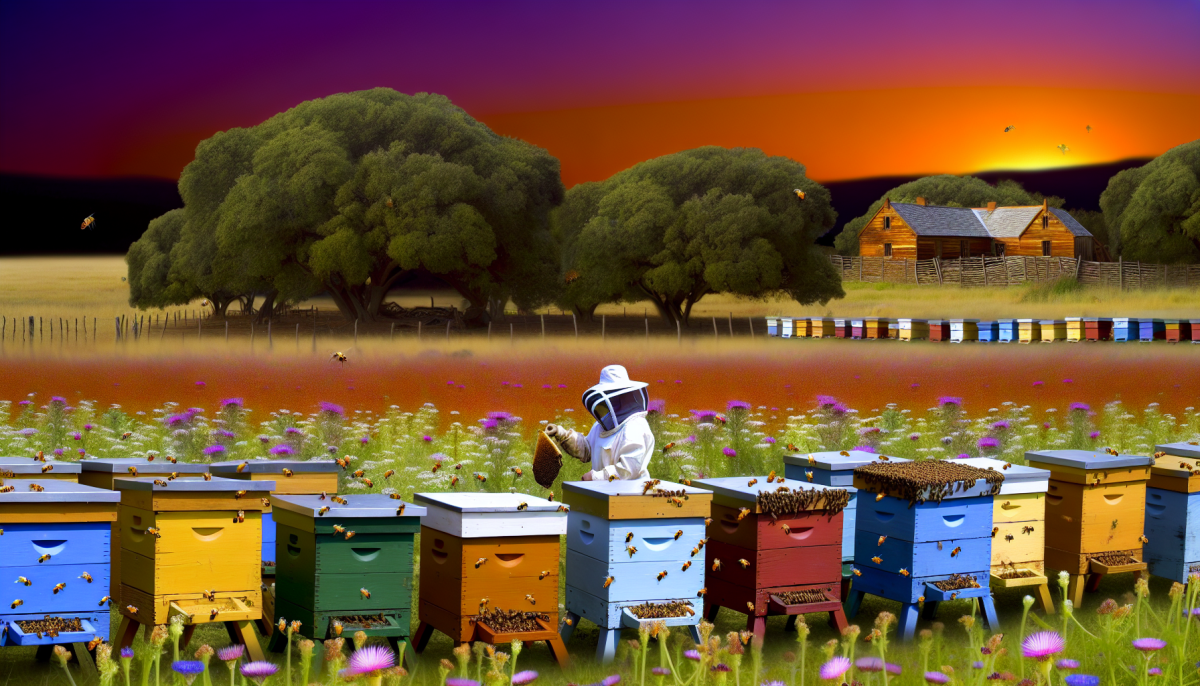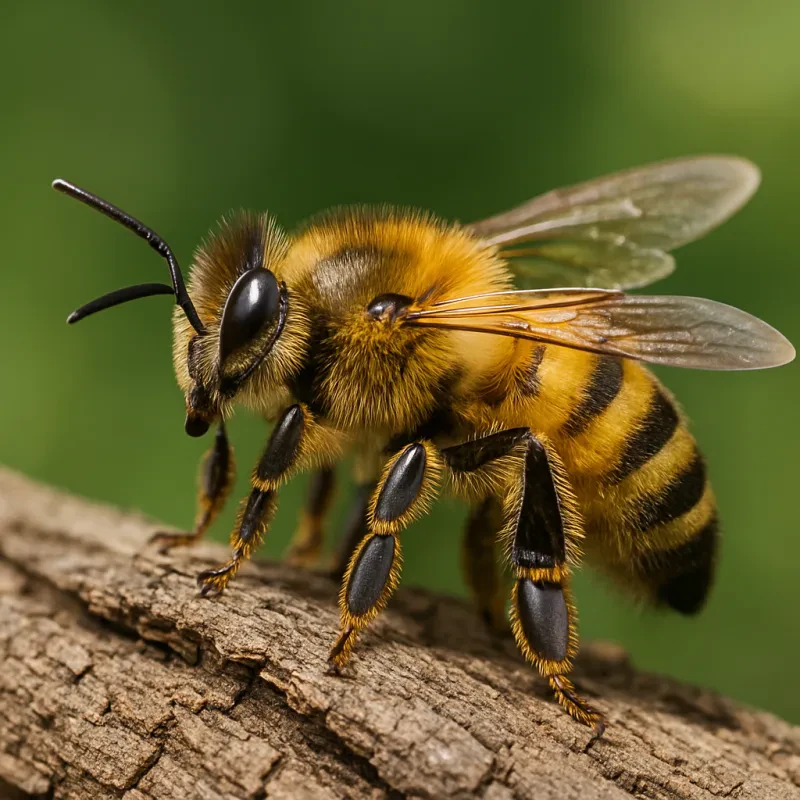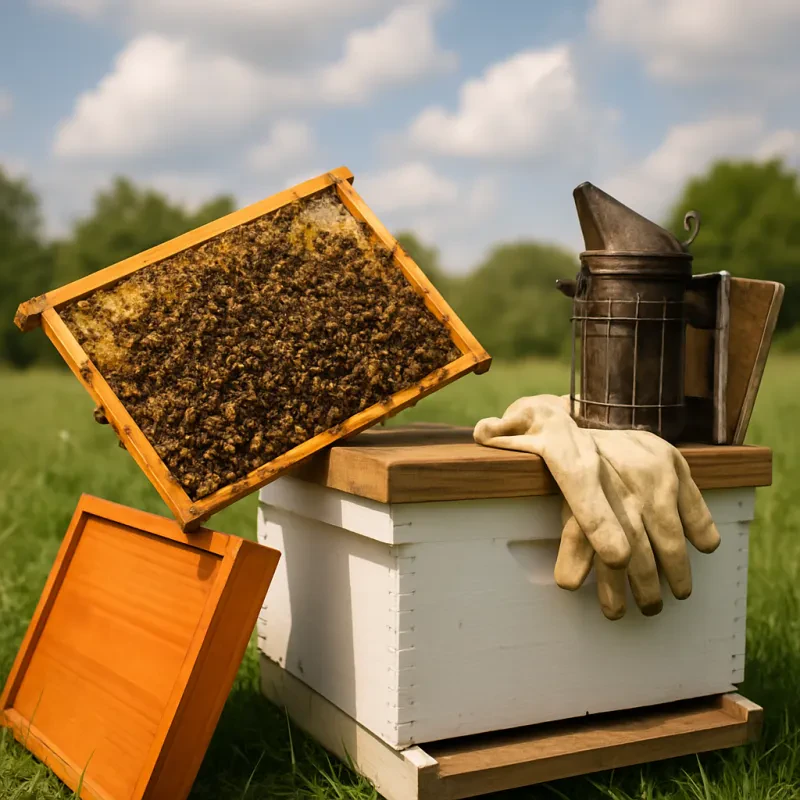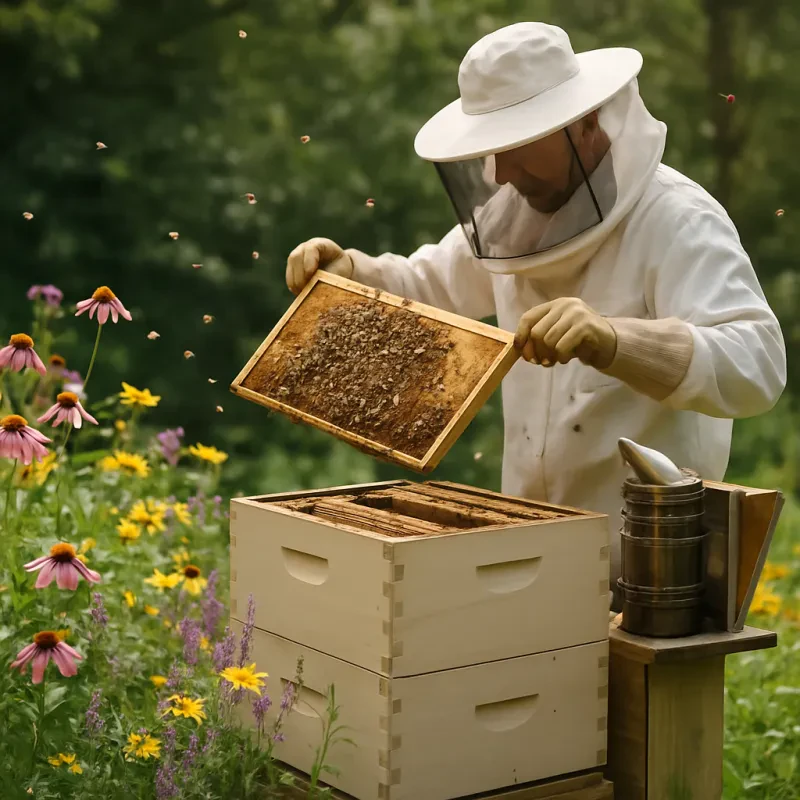One of the first things you should do is decide on the location for your bee farm. Bees thrive in sunny, dry areas, away from strong winds and high traffic. A good spot will not only keep your bees healthy, but it will also allow you to manage your farm effectively. Make sure the area has access to water and plenty of flowering plants nearby—this is vital for the bees’ food sources.
Next, it’s important to choose the right type of bees for your farm. Many new beekeepers start with Italian or Carniolan bees due to their gentle nature and strong honey production. Once you’ve selected your bee species, you can begin acquiring your hives and equipment. Learning how to make a bee farm involves understanding what tools you’ll need, such as protective gear, a smoker, and extracting equipment for harvesting honey.
As you embark on your journey, remember that patience and persistence will be your best friends. It takes time to learn the ins and outs of beekeeping. Joining local beekeeping clubs or online forums can provide valuable support and knowledge from seasoned beekeepers. With dedication and care, you’ll soon find yourself well on your way to successfully making your bee farm thrive.
Choosing the Right Bees for Your Farm
When you're learning how to make a bee farm, one of the most important decisions you'll face is choosing the right bees for your apiary. Different bee species have unique characteristics, making it essential to pick the right one for your specific needs. The most commonly kept bee for honey production is the Italian honeybee (Apis mellifera ligustica). Known for its gentle nature and excellent honey yield, this bee is a popular choice for beginners and experienced beekeepers alike.
Another great option is the Carniolan honeybee (Apis mellifera carnica). These bees are known for their ability to adapt to various climates and their early spring foraging habits. If you're located in a region with fluctuating weather conditions, Carniolans can thrive and produce honey efficiently. However, keep in mind that they can be a bit more defensive than the Italian bees, so it's essential to consider your experience level before choosing.
For those looking for a more unique option, consider the Russian honeybee (Apis mellifera andreniformis). These bees have been bred for their resilience against pests and diseases, making them a solid choice for sustainable beekeeping. They are known to be less aggressive and can forage well in cooler temperatures. However, their honey production may not be as high as the Italian or Carniolan bees, so weigh the pros and cons based on your farming goals.
Ultimately, the choice of bees can significantly affect your honey yield and overall experience in how to make a bee farm. Whether you opt for Italian, Carniolan, or Russian bees, ensure you source your bees from a reputable supplier to maintain the health and longevity of your hive. Happy beekeeping!
Setting Up Your Bee Hives
Next, you’ll want to decide on the type of bee hives you wish to use. Popular options include Langstroth hives, Top-Bar hives, and Warré hives. Each has its own advantages, so take the time to research which one fits your needs. For beginners, Langstroth hives are often recommended due to their ease of management and efficiency in honey production. Make sure to have all the necessary equipment, including protective gear, tools, and frames ready to go.
After selecting your hives, it’s time to set them up. Place the hives on solid bases, ensuring they are level and secure. This will prevent any tipping due to wind or curious animals. Additionally, a slight tilt towards the entrance can help with water drainage. When the hives are positioned, gently introduce your bees into their new home, ensuring they have access to the surrounding environment for foraging.
Lastly, regular maintenance is key to a successful bee farm. Monitor your hives for signs of pests or diseases, and check the honey stores periodically. Remember, when you learn how to make a bee farm, it’s not just about collecting honey; it’s about fostering a healthy and thriving bee population. Creating a safe environment will ensure your bees flourish for years to come.
Harvesting and Enjoying Your Honey
Once you have successfully established your bee farm and nurtured your hive, it's time to reap the sweet rewards of your hard work! Harvesting honey is one of the most exciting parts of beekeeping. Understanding when and how to collect this delicious liquid gold is essential to ensure maximum yield without harming your bees.
To start harvesting, wait until late summer or early fall when your bees have filled the honey supers with capped honey. This is an indication that the honey is ready to be collected. Using a smoker can help calm the bees, making the process smoother. Carefully remove the frames filled with honey from the hive, taking care to minimize any disturbance to the colony. Remember, learning how to make a bee farm involves respecting the bees and ensuring their wellbeing while you enjoy the fruits of your labor.
Once you have your frames, it’s time to extract the honey. You can use a honey extractor, which works like a centrifuge, or you can choose the simpler method of crushing the honeycomb and filtering it. If you opt for the latter, place the crushed comb in a cloth bag and let the honey drip into a clean container. This method may take a little longer but can result in a raw honey that retains more of its natural flavor and nutrients.
After extraction, it's crucial to store your honey properly. Use clean, dry glass jars to keep the honey fresh and free from contaminants. Label your jars with the date and type of honey, especially if you’ve created different batches. Now, with your own home-harvested honey ready, you can enjoy it in countless ways—from sweetening your tea to drizzling it over pancakes or adding it to homemade skincare products. The joy of having your own honey is a delightful perk of knowing how to make a bee farm, bringing a touch of nature’s sweetness into your daily life.



